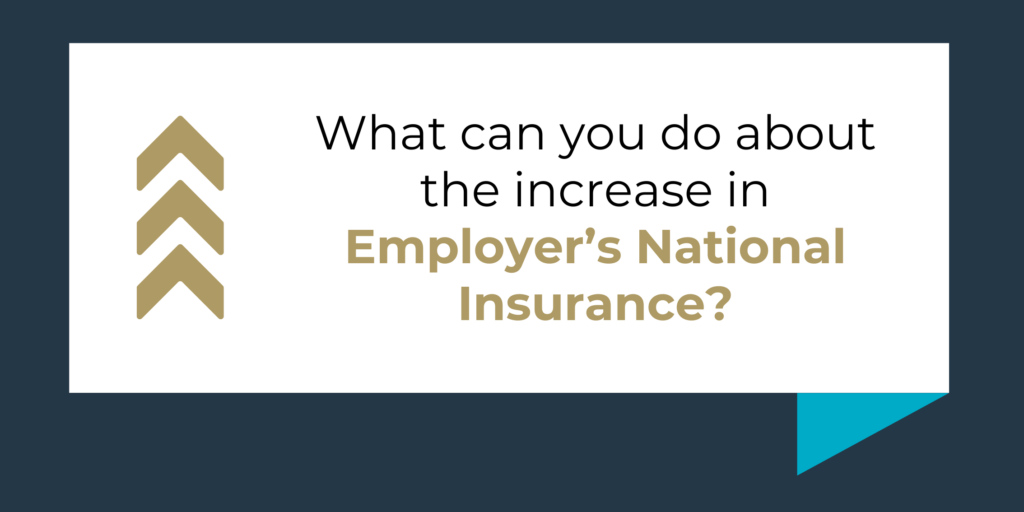The Importance of Tax Planning
Whether you are employed or self-employed, tax planning is essential in order to avoid falling victim to the tax man. For those who own shares in limited companies, as of April 2018, a reduction in the ‘dividend allowance’ will be imposed as outlined in the second finance bill published in September 2017.
What does this mean?
When the new tax year kicks in, shareholders of limited companies who receive dividends will face a reduction of tax free dividends available to them from £5,000 to £2,000. The cost to the shareholder of this reduction will vary based on the level of income received in the year. For example, if the first £5,000 of dividends received fall into your basic rate band of tax, this decrease will cost you an additional £225 in tax, if they fall into your higher rate band of tax, the cost will be £975 and for those who are lucky enough to be subject to the additional rate of tax, the reduced allowance will see them hand over an extra £1,143 to the tax man.
Should the first £5,000 of dividends received straddle two tax bands, the above figures will vary.
How is income taxed?
If your only income in the 2018/19 year was a salary, any amounts received in excess of the personal allowance of £11,850 would be taxed at 20% up to the higher rate tax band of £46,350. Any amounts received in excess of the higher rate band would be subject to tax at 40% up to £150,000 where amounts above this would then be taxed at 45%.
If your only income is dividends, you could receive up to £13,850 before incurring any tax charge, being the personal allowance available to you plus the £2,000 dividend allowance. Any amounts received in excess of this up to the basic rate band of £46,350 would be taxable at 7.5%. Amounts received in excess of the basic rate band up to £150,000 would attract a tax charge of £32.5% and any dividends received over the value of £150,000 are to be taxed at 38.1%.
How does the dividend allowance work?
Say you draw a salary of £10,000 in the 2018/19 year and receive dividends of £80,000, your personal allowance of £11,850 would cover the £10,000 salary and the first £1,850 of your dividend income. The remaining £78,150 dividends would be taxed as follows:
£2,000 @ 0% (Dividend allowance)
£32,500 @ 7.5% = £2,437.50
£43,650 @ 32.5% = £14,186.25
The total taxation liability would be £16,624.
If you receive a mix of salary and dividends and are unsure of the most tax efficient way of splitting your income, contact your local Perrys branch for helpful advice on how to minimise your tax bill.







